Regulatory Compliance: Understanding Building Codes for Driveway and Patio Pavers
At JIP Construction, we understand the importance of regulatory compliance when it comes to driveway and patio pavers. Building codes ensure safety, functionality, and longevity. Let’s explore the key aspects you need to know.
What Is a Building Code?
A building code provides rules and standards for the design, construction, alteration, materials, maintenance, and performance of buildings. Its primary purpose is to protect public health, safety, and general welfare during construction and occupancy.
Driveway and Patio Slope
Slope Requirements
- Driveways: The general guideline for driveway slope is a minimum of a 1/4 inch drop for every 12 inches of distance (a 2% slope). This ensures proper drainage without affecting usability.
- Patios: Concrete patios should generally have a fall of 1/4 inch to 1/2 inch per foot to ensure adequate drainage while maintaining usability.
Drainage Considerations
- Foul Water Drainage: Building codes cover both above-ground and below-ground foul water drainage systems. Details include pipe sizes, protection of pipes, manholes, and inspection chambers.
- Natural Hazards: Design load standards address natural hazards such as wind, snow, and seismic forces. Compliance ensures structural integrity and safety.
Accessibility Standards
- ADA Compliance: The Americans with Disabilities Act (ADA) sets accessibility standards. Ensure that driveways and patios meet ADA requirements for accessibility, including proper slope, smooth surfaces, and appropriate transitions.
Conclusion
Understanding building codes related to driveway and patio pavers is essential for safe and compliant construction. Always consult local codes and work with professionals to ensure your project meets all requirements.
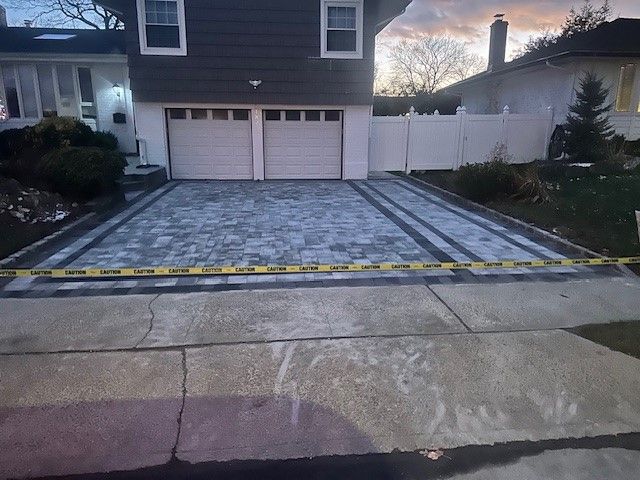
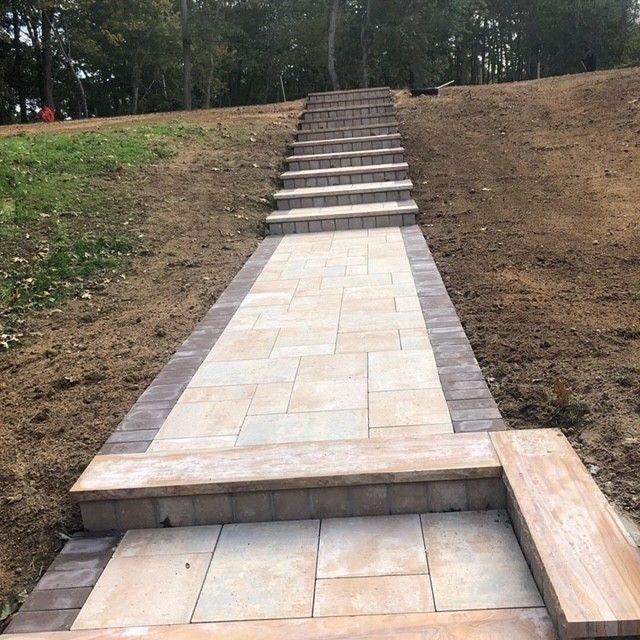


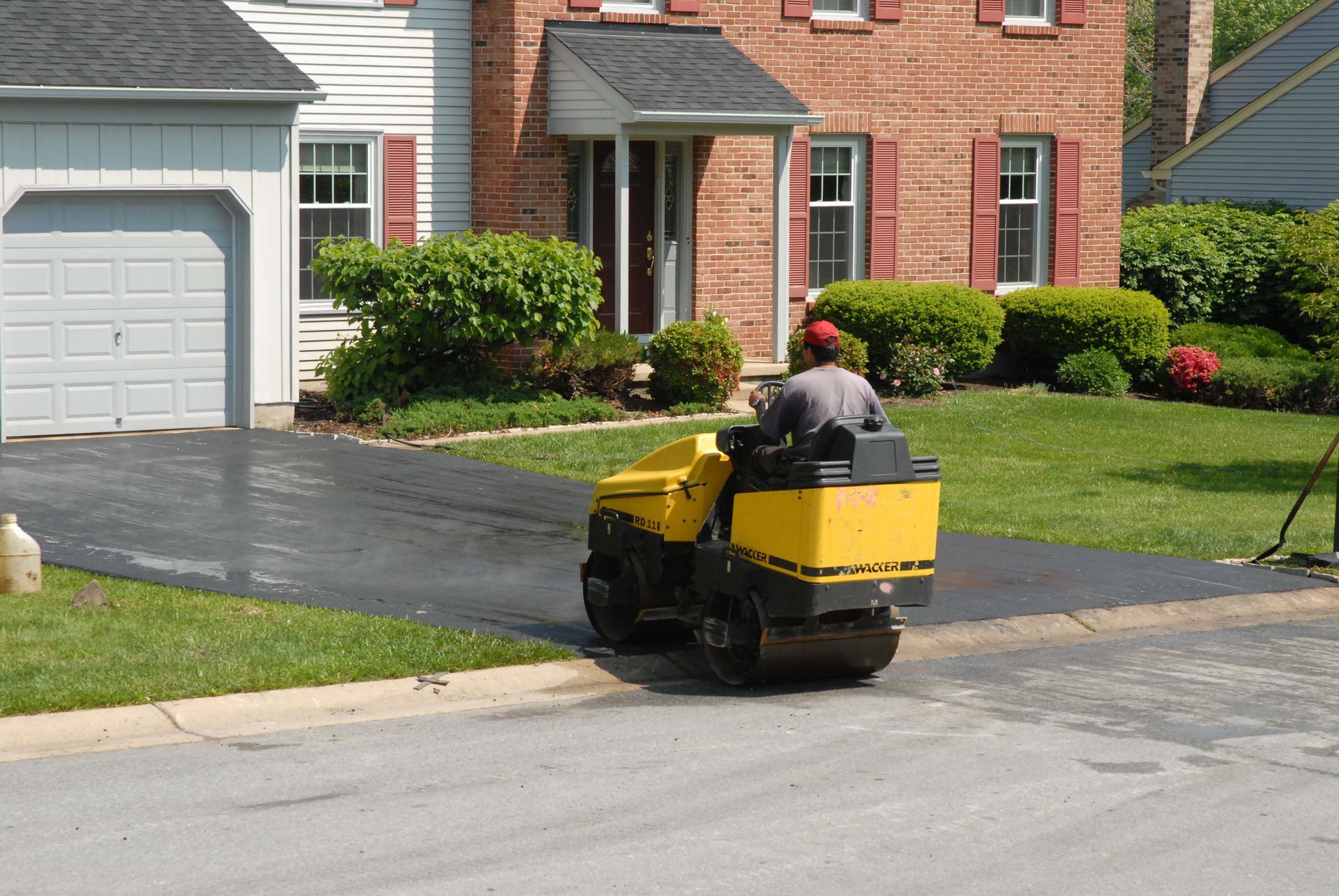

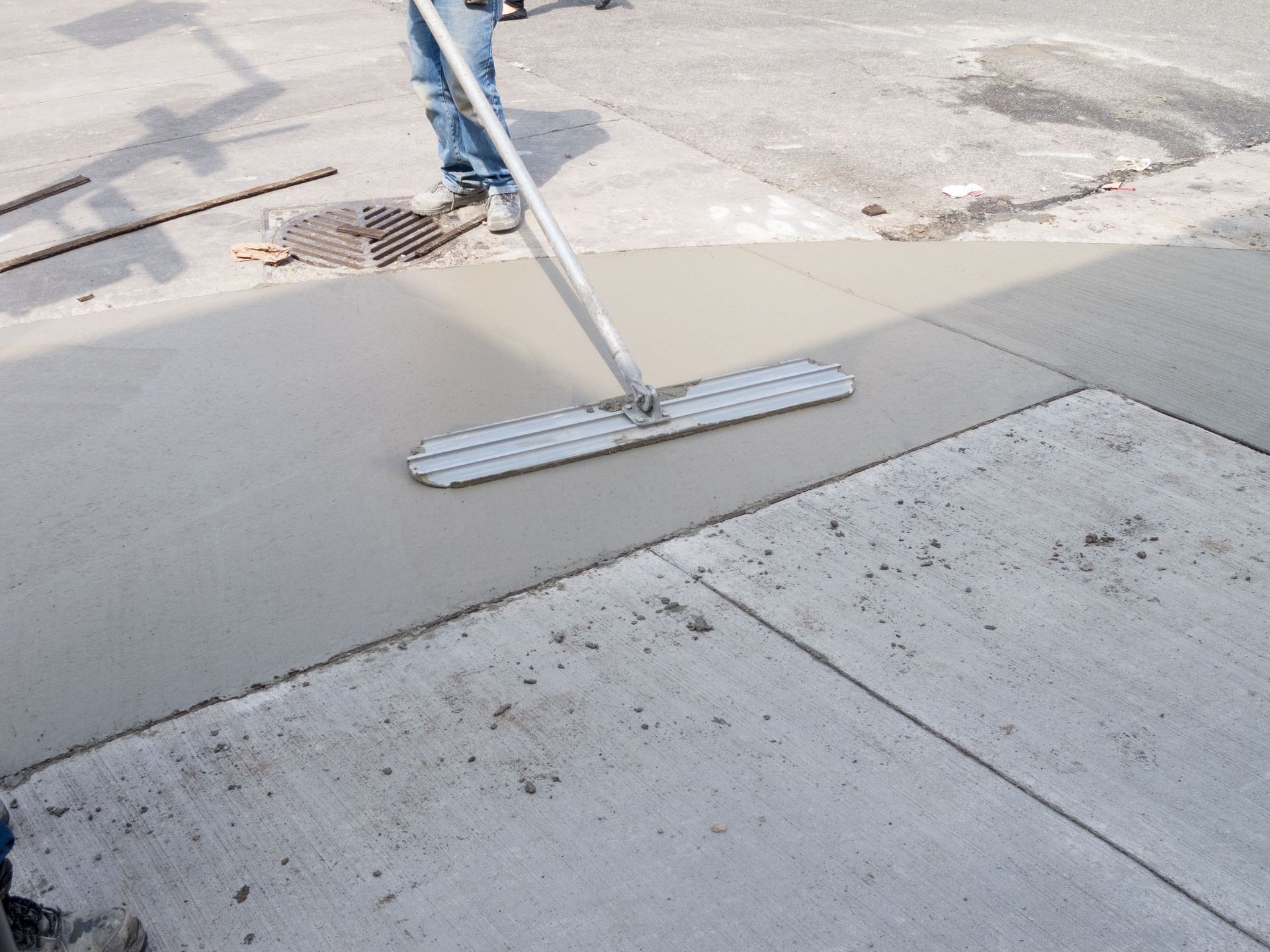
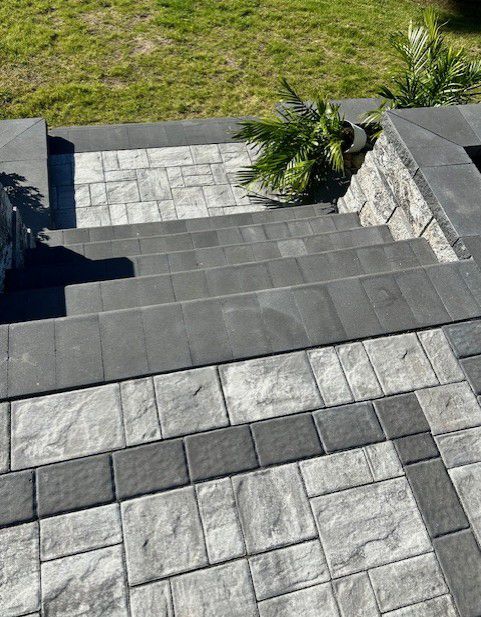


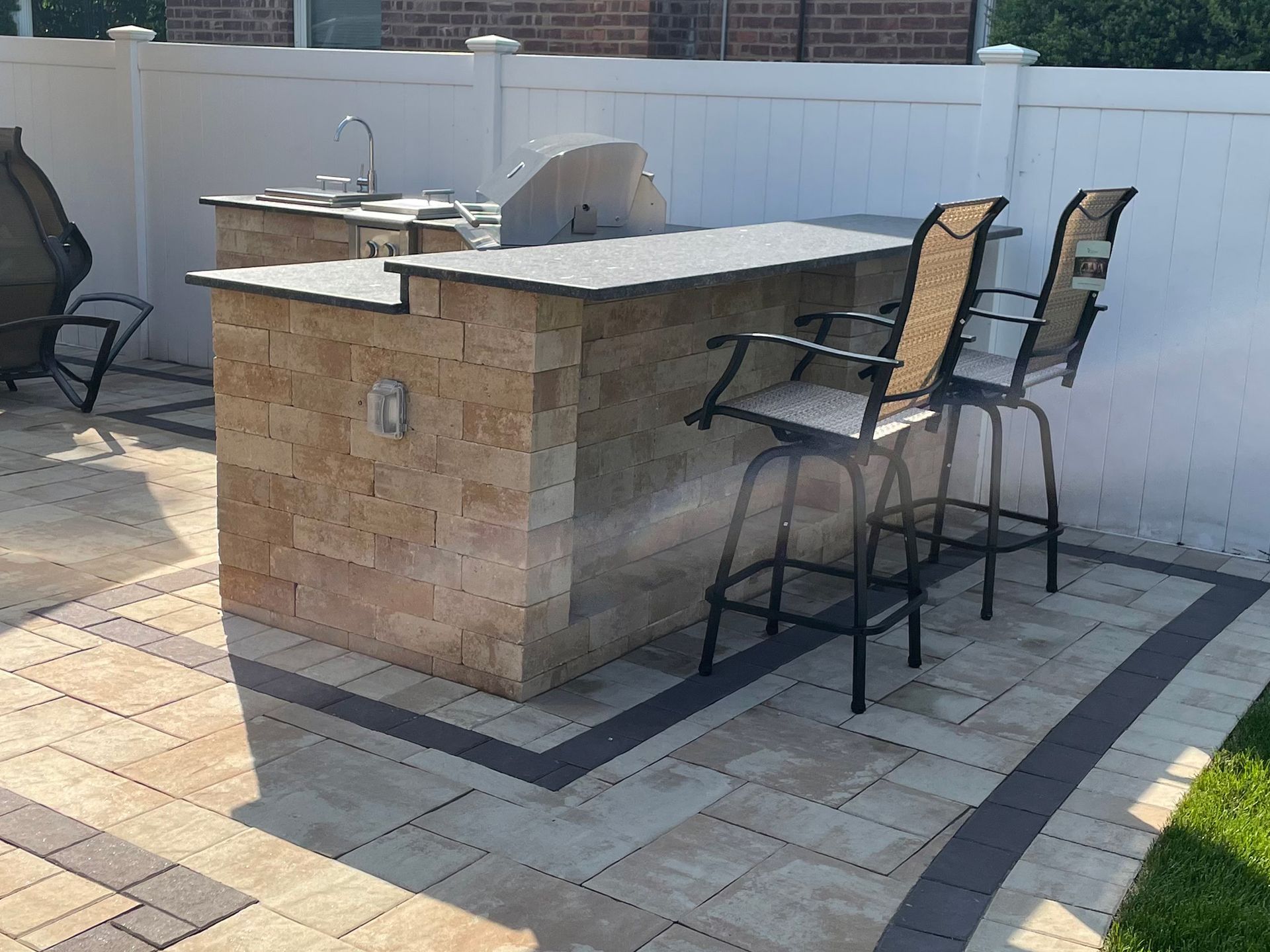

Share On: